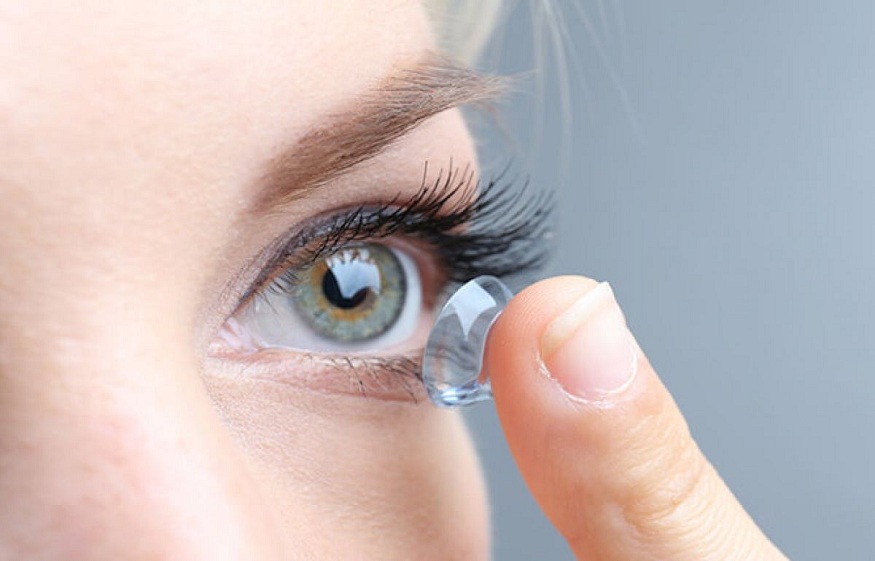There are two primary types of contact lenses: soft lenses composed of plastic holding water and gas-permeable (or “rigid gas permeable”) lenses that are less flexible.
Soft Contact Lenses
As their name implies, these lenses have a flexible texture, similar to thick cling film, making them highly comfortable to wear. In most instances, they are more significant than their gas-permeable counterparts, cover the whole iris and cornea, and rest on the sclera (the white of the eye). This is the most prevalent type of contact lens currently available.
Soft contact lenses are frequently defined by their frequency of replacement or wearing schedule. Daily, biweekly, monthly, and in certain situations, three or six-monthly replacements are possible. The lenses may be worn every day or sometimes for up to 30 days of extended (or “continuous”) usage. The most often prescribed soft lenses in the United Kingdom are daily disposable lenses. Soft contact lenses are available in many materials, fits, powers, and styles to correct nearly any vision. Soft lenses contain water, similar to a sponge, and must be stored in a contact lens solution to avoid drying.
Soft contact lenses for astigmatism (‘toric’ lenses), bifocals, and progressives are all available. Soft lenses that alter the colour or look of the eyes but do not restore vision are known as ‘zero-powered’ lenses. Experts frequently use these lenses to conceal eye damage or deformities. Many soft contact lenses have a UV (ultraviolet) inhibitor to aid with eye protection.
Rigid Gas Permeable (RGP) Lenses
Rigid contact lenses have been available longer than soft contact lenses. However, significant advancements have been made to allow for more oxygen transmission. These lenses are often placed into the cornea and are smaller than soft lenses.
Rigid gas permeable (RGP) lenses are available in various materials, fittings, powers, and styles. Some contact lens practitioners feel RGP lenses are a healthier alternative for long-term, full-time wear than soft contact lenses, notwithstanding the fall in rigid lens usage. They correct unevenly shaped eyes better than soft lenses and are more durable; thus, they are often updated every six to twelve months. They require a more extended adjustment period than soft lenses, but frequent wearers find them pleasant.
There are gas-permeable contact lenses for astigmatism (‘toric’ lenses), bifocal and multifocal prescriptions. Orthokeratology (‘corneal reshaping’ or ‘overnight vision correction’) is a treatment in which specially made RGP lenses are worn overnight and removed during the day. RGP lenses are typically used for daily wear, although there has been increasing interest in this approach in recent years. The objective is to modify the cornea’s curvature to lessen or correct nearsightedness, eliminating the need for contact lenses or eyeglasses during waking hours.

